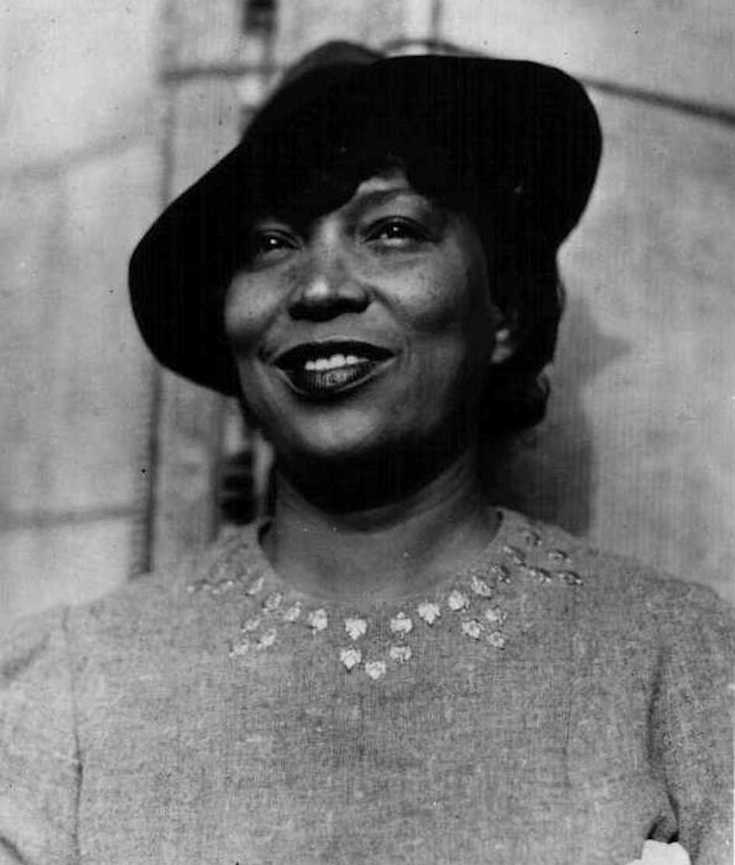Richard Wright, often considered Hurston’s chief literary rival, wrongheadedly criticized her novel for not explicitly addressing the “race problem,” and for allegedly choosing sensuality over social commentary.
I, too, met the novel with a certain amount of skepticism. I first encountered Their Eyes Were Watching God like many young people coming of age in the late-20th century, in an introductory Women’s Studies course. While I can’t recall much of the classroom conversation on the novel, I do remember not being particularly impressed by the book. Unlike Wright, I source my early lack of reverence to my limited understanding of one of the novel’s salient and enduring themes: love, in the context of Black American life. I would eventually come to realize just how radical this meditation on love and self-determination was, and why it was so audacious that Hurston set her heroine’s romantic adventures in the poor, rural South.
[mc4wp_form id=”6042″]




The Great Migration was the movement of 6 million African-Americans out of the rural Southern United States to the urban Northeast, Midwest, and West that occurred between 1916 and 1970. Until 1910, more than 90 percent of the African-American population lived in the American South. In 1900, only one-fifth of African-Americans living in the South were living in urban areas. By the end of the Great Migration, 53 percent of the African-American population remained in the South, while 40 percent lived in the North, and 7 percent in the West, and the African-American population had become highly urbanized. By 1970, more than 80 percent of African-Americans lived in cities, and by 1960, of those African-Americans still living in the South, half now lived in urban areas.
Some historians differentiate between a first Great Migration (1916–1930), which saw about 1.6 million people move from mostly rural areas to northern industrial cities, and a Second Great Migration (1940–1970), which began after the Great Depression and brought at least 5 million people—including many townspeople with urban skills—to the north and to California and other western states.
Since 1965, a reverse migration has gathered strength. Dubbed the New Great Migration, it has seen many African-Americans move to the South, generally to states and cities where economic opportunities are the best. The reasons include economic difficulties of cities in the Northeastern and Midwestern United States, growth of jobs in the “New South” and its lower cost of living, family and kinship ties, and improved racial relations. As early as 1975 to 1980, seven southern states were net African-American migration gainers. African-American populations have continued to drop throughout much of the Northeast, especially the state of New York and northern New Jersey, as they rise in the South. (Wikipedia).


You must be logged in to post a comment.